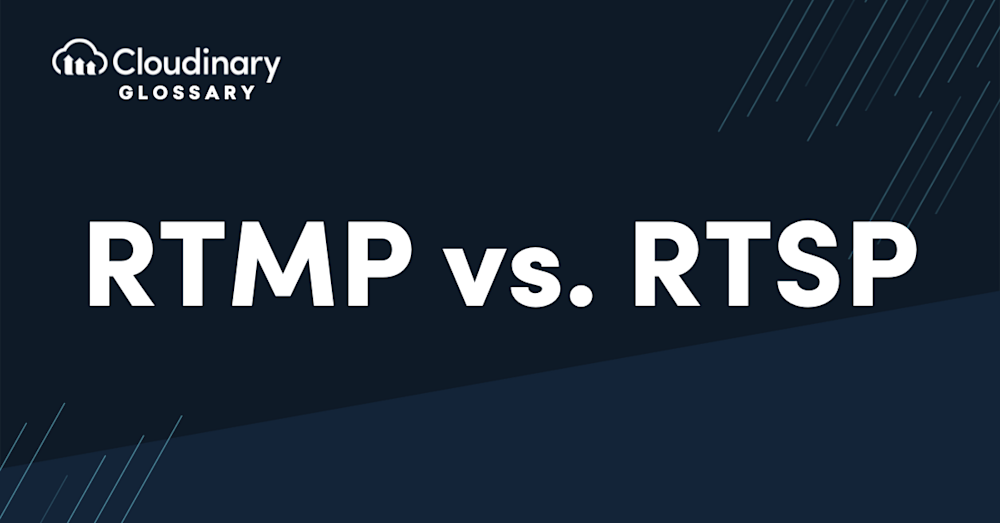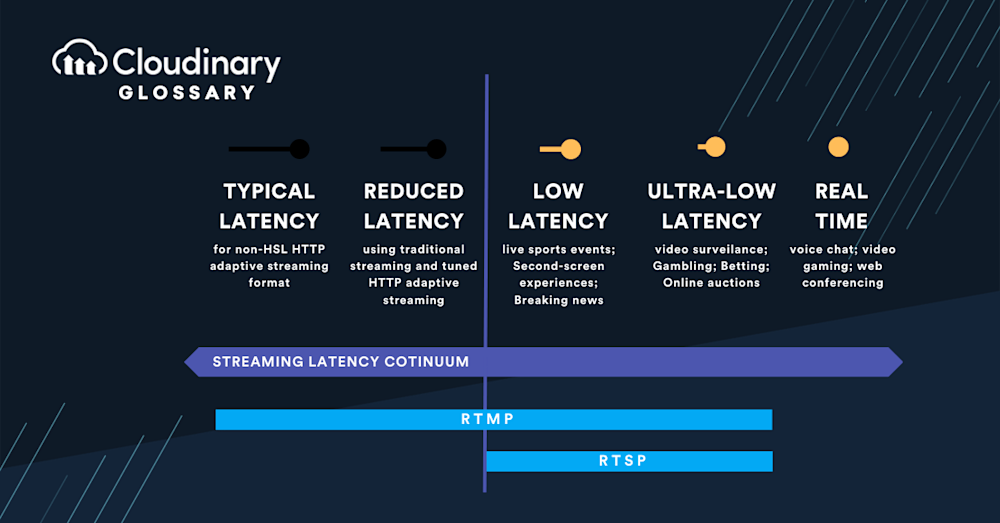Streaming protocols are a way for devices to send data to each other. The two most common streaming protocols are RTMP and RTSP. They might sound similar, but they perform different functions and have various benefits and drawbacks.
Streaming protocols are how devices communicate with each other regarding streaming video files. In modern times, this comes down to one of two protocols: RTMP and RTSP, each working with different use cases.
What Are Streaming Protocols?
At the most basic level, streaming protocols are how devices break down and transmit video data to one another. They’re the basic rules of the road for sending data between two devices.
Macromedia initially developed Real-time Messaging Protocol (RTMP) before being bought by Adobe. It’s primarily designed to stream media to Adobe’s Flash Player but has since been expanded to serve most social media and streaming services.
On the other hand, Real-time Streaming Protocol (RTSP) also aimed to stream media to devices but focused on low latency. RTSP was the dominant streaming protocol in the past, but as time passed, it fell out of favor as more companies adopted RTMP.
Some common types of streaming protocols include:
- HTTP Live Streaming (HLS)
- Real-Time Messaging Protocol (RTMP)
- WebRTC
- Secure Reliable Transport (SRT)
- Real-Time Streaming Protocol (RTSP)
Dynamic Adaptive Streaming over HTTP (MPEG-DASH)
The Difference Between RTMP and RTSP
RTMP and RTSP are protocols to transfer live video and audio streams over the internet. They’re both used in streaming applications, but they differ in how they work and how you use them:
- RTMP comes with a larger delay for your viewers while offering more support for different codecs. It also provides better low-latency streaming and a more stable connection. However, it doesn’t work with HTML5 and HTTP, leading to accessibility issues.
- RTSP offers a much shorter delay but, in turn, supports fewer codecs. It also doesn’t have the same stability that RTMP offers, sacrificing stability for customization.
In most cases, RTMP is the more dominant streaming protocol today. It reaches a much wider audience and offers better speeds and stability for high-quality video, which RTSP cannot. Yet, RTSP is widely used for closed-circuit television systems, such as security cameras, thanks to the incredibly low delay.
Conclusion
Understanding the differences between RTMP and RTSP is vital for any producer who wants to create high-quality video content. The two protocols offer some benefits that are not found in each other but have drawbacks that make them less than ideal in certain situations.
If you want to step up your game and offer high-quality streaming content, you should be using Cloudinary. We support streaming via RTMP and provide a robust digital asset management system with our Media Experience Cloud.
What are you waiting for? Get started with Cloudinary with a free account and unlock your media’s true potential.
Additional Resources You May Find Useful:



